Hymn: # 423, Immortal, invisible, God only wise
Text: Walter C. Smith
Tune: St. Denio, a Welsh tune
Walter C. Smith based this text on 1 Timothy 1: 17: "Now to the King eternal, immortal, invisible, the only God, be honor and glory for ever and ever." The six-stanza text was published in Smith's Hymns of Christ and the Christian Life (1867) and, after having been revised by Smith, in W. Garrett Horder's Congregational Hymns (1884). Further revisions were made by the Psalter Hymnal Revision Committee.
"Immortal, Invisible" is a strong text of praise to God, who created and sustains the lives of all his creatures. The text focuses on the Creator of the universe, the invisible God whose visible works in nature testify to his glory and majesty. "Light" is the prevailing image in stanzas 1, 2, and 4 (see also Ps. 104:2); our inability to see God is not because of insufficient light but because the "splendor of light hides [God] from view."
ST. DENIO is based on "Can mlynedd i nawr" ("A Hundred Years from Now"), a traditional Welsh ballad popular in the early nineteenth century. It was first published as a hymn tune in John Roberts's Caniadau y Cyssegr (Hymns of the Sanctuary, 1839). The tune title refers to St. Denis, the patron saint of France. This sturdy tune bears vigorous performance supported by solid organ tone. The final stanza is a jubilant profession of how God blesses–save the extra reeds and mixtures for it!
The matching of this tune and text is strong evidence of the masterful work that Ralph Vaughn Williams did as music editor of the English Hymnal. He used this tune as the theme of the second movement, the scherzo, in his Household Quartet: Three Preludes on Welsh Hymn Tunes (1944) for string quartet or any combination of instruments that could be assembled in a [wartime] household.
This hymn was sung in Westminster Abbey, London, England, at the 2002 funeral of Queen Elizabeth, the Queen Mother.

